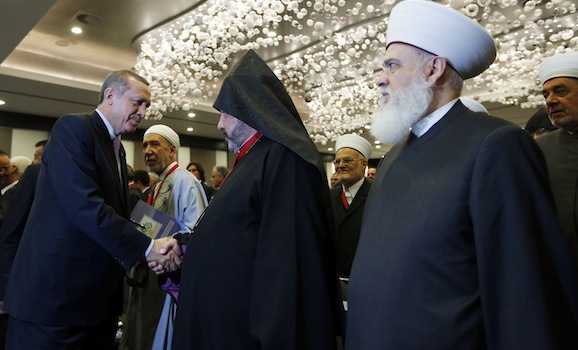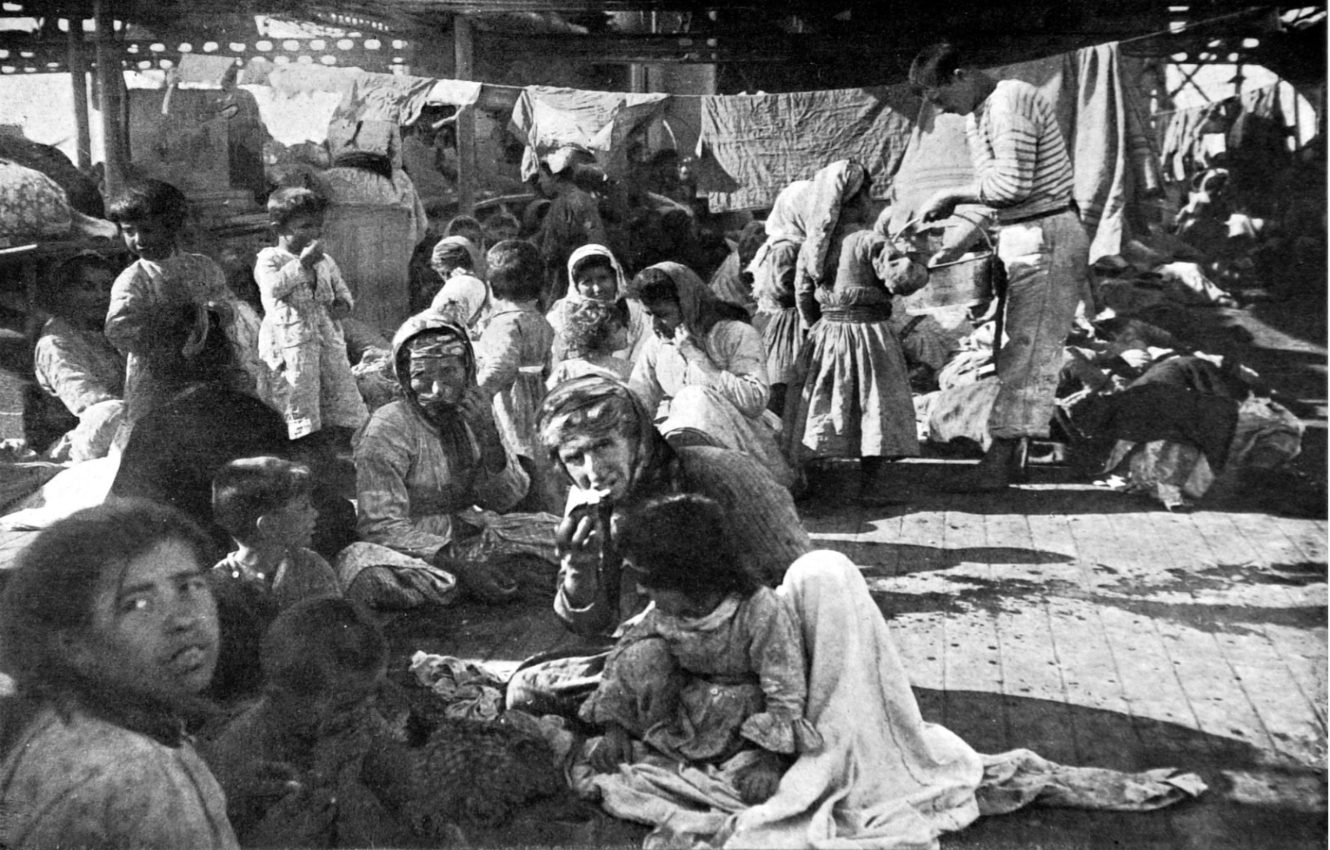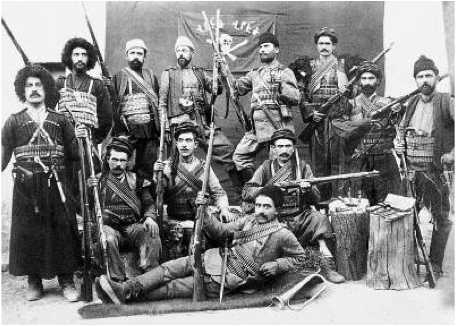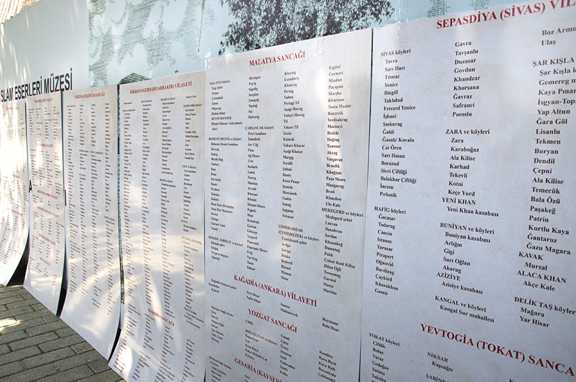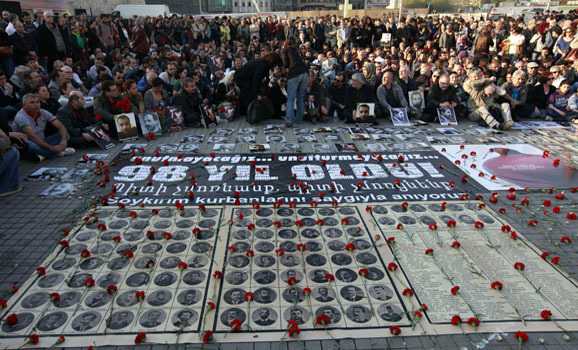
Human rights activists sit behind pictures of Armenian victims at Taksim square in central Istanbul, April 24, 2013. (photo by REUTERS/Osman Orsal)
By: Cengiz Çandar for Al-Monitor Turkey Pulse Posted on April 28.
It was a frenetic week for Turkey marked primarily by the sharp curve in the Kurdish issue. The much awaited Kurdistan Workers Party (PKK) announcement that it is withdrawing its forces out of Turkey was finally made at its Kandil Mountain headquarters on the Iraq-Iran border on April 25.
About This Article
Summary :
The Armenian Day observances in Turkey on April 24 could be as significant as the PKK decision to withdraw from Turkey, writes Cengiz Candar.
Original Title:
For Turkey, Impossible is not Possible
Author: Cengiz Çandar
Translated by: Timur Goksel
Categories : Originals Turkey
The outside world may wonder what the fuss was all about. After all, it was already known that Murat Karayilan, recognized as the second most authoritative name in the PKK after the imprisoned leader Abdullah Ocalan, was going to make this declaration at the Kandil Mountain base. Unchallenged leader Ocalan had already reached an agreement with a state delegation which was meeting with him on behalf of Prime Minister Recep Tayyip Erdogan. Nobody doubted that Karayilan whose loyalty to Ocalan is beyond dispute and the PKK organization would carry out Ocalan’s decisions.
Nevertheless, Karayilan’s announcement was an extraordinary development just as Ocalan’s Newroz message that was read to one a half million people in Diyarbakir on March 21.
First of all, the announcement that the PKK has agreed to withdraw from Turkey could well be the beginning of the end of the PKK’s 30-year armed struggle in Turkey. Most likely it is, and that is why it is an extraordinary development.
Second, the Turkish media with more than 100 writers and reporters launched a Kandil expedition. Erbil hotels were overbooked. Turkey’s semi-official Anatolian news agency, which only a year and half ago reported that Karayilan was captured and arrested by Iran, was represented by a powerful team of its Turkish-Kurdish-Arabic services at Karayilan’s press conference.
As April 25 approached, people known as the “PKK hawks,” but whose photos had never appeared in Turkish newspapers, gave private interviews to Turkish journalists. They all emphasized peace.
Descending on the Kandil Mountain like grasshoppers, Turkish journalists and cameramen turned the area into a media jamboree. So much so that there were humorous news items of Karayilan being almost crushed by excessive interest of the Turkish media when he showed up.
No doubt that such wide coverage in Turkish newspapers and on TV was a grand and unprecedented public relations happening for the PKK. That is why it overshadowed another wondrous development, the April 24 Armenian genocide commemorations.
For the past three years, Turkey has been holding, without much fanfare, Armenian massacre [1915] observations at Taksim Square in the center of Istanbul. The first year such an observance was held, a group of Turkish Armenians accompanied by a small group of Turks in solidarity with them went to the Haydarpasa Station — which marks the beginning of Asia in Istanbul — and held a symbolic observance there. This train station was the starting point of Istanbul’s Armenian intellectuals on their trips of no return. The same night the group also organized an observance at Taksim Square.
For anyone anywhere in the world interested in this issue, this was indeed an incredible affair and those who participated in it were truly courageous people. The observance was repeated in 2012 and attended by an even larger crowd. The participants first met during the day in Istanbul’s famous Sultanahmet tourism area, because the building known today as the Islamic Arts Museum was the place where Armenian intellectuals and politicians were first assembled and then detained in 1915.
This year, the dimensions of April 24, 1915, suddenly changed. The observances spread to Turkey’s most important political center of Diyarbakir and to Dersim in the north, the mountainous region where Kurdish Alevis were brutally massacred.
The crowds at the daytime meeting and the nighttime observance at Taksim Square were the largest yet, but there were other events that marked Armenian Remembrance Day.
Behind these new events that spread outside of Istanbul is an interesting Armenian intellectual, Ara Sarafian of Britain. Sarafian is a historian and also the head of the London-based Gomidas Institute. Gomidas was a great Armenian musician deported from Istanbul on April 24, 1915. Sarafian who heads the institute named after the musician is very different from the Turk-hating traditional figures of the Armenian Diaspora. Instead of being part of the diaspora and making a name for himself with anti-Turk and anti-Turkey activities, he comes to Turkey frequently and debates the issue with people there.
This year, he remembered a name even most Turks do not know. Faik Ali Ozansoy, a Turkish bureaucrat who was in charge of the town of Kutahya, which is today a provincial city in western Turkey, in 1915. Ozansoy sternly resisted the deportation of the Armenians and did not carry out the exile orders.
On April 24, as the first order of the day, Sarafian, accompanied by representatives of the Human Rights Association of Turkey and anti-racist Turkish and European organizations, visited the grave of Ozansoy in Istanbul and held an observance.
A few days earlier, he had appeared as a guest lecturer of the Diyarbakir Bar Association in Diyarbakir. Encouraged by Sarafian, the people of Diyarbakir, a town known as the civilian center of political movement directed by the PKK, and the city’s popular mayor Osman Baydemir went to the Euphrates River and threw flowers into the water where 635 Armenians on their way to exile in Mosul were killed in 1915.
Hrant Dink, editor-in-chief of the bilingual Turkish-Armenian newspaper Agos, whose assassination in 2007 had shaken the country, reported the event under the headline “Diyarbakir Remembers Armenians.’’
In 1915, about 56,000 Armenians lived in Diyarbakir and made up the largest population segment of this cosmopolitan city. In 1917, 97% of Armenians in Diyarbakir had disappeared. Today, Diyarbakir’s Kurdish notables, while loudly demanding Kurdish identity rights from the Ankara government, are also debating the role of the Kurds on what was done to Armenians in 1915. In Turkey, they are one of the groups that lead the discussion on the Armenian genocide.
In Dersim, where people are either Kurds or Alevis, researches have revealed that many Armenians had changed their religion and identity to save their lives. This is why the Dersim Armenian Association suddenly appeared this year and organized its own 1915 remembrance observances and placed themselves on the map.
The events of 1915 were not only observed in Istanbul and Diyarbakir but also in cities such as Adana, Izmir, Urfa and Malatya.
As in previous years, the events of 1915 were reported by the Turkish media. Each year, the Turkish media focuses on whether the US president will use the ”g word” [genocide] in his statement. This year, they relaxed when US President Barack Obama used the Armenian words “Medz Yeghern,” [ the “Great Disaster”]. Nevertheless, the Turkish Foreign Ministry, just as the White House’s template statements, undusted its annual statement and criticized the United States for being prejudiced about 1915.
They are not important anymore. The Turkish public is becoming increasingly involved in observing the “victims of genocide,” not “Medz Yeghern.” An extraordinary development this year was the participation of Armenians in the diaspora, especially those from France, at the 1915 observances in Turkey.
Sali Ghazarian who is based in Los Angeles and heads the Civilitas Foundation in Yerevan — established by former Minister of Foreign Affairs Vartan Oskanian [of Aleppo] — was also in Istanbul. His sister, thinking that he had lost his marbles for going to Turkey to observe April 24, could not believe the images she saw on TV of the observances in Istanbul, and sent a message saying: ”Next year I will be in Turkey too.”
As the 100th anniversary of the Armenian genocide approaches in 2015, could there be a totally unexpected development on the Armenian issue in Turkey? Will this affect Turkish-Armenian relations and change the geopolitics of the Caucasia?
That is a question to ponder as 2015 nears.
The answer might not be all that difficult if one looks at the developments on the Kurdish issue in 2013 and the recent observances of the 1915 disaster defined as genocide that fell upon the Armenians. The impossible is impossible in Turkey.
Cengiz Çandar is a contributing writer for Al-Monitor’s Turkey Pulse. A journalist since 1976, he is the author of seven books in the Turkish language, mainly on Middle East issues, including the best-seller Mesopotamia Express: A Journey in History.
Read more: https://www.al-monitor.com/originals/2013/04/pkk-withdrawal-armenian-genocide-day.html#ixzz2RpMuhwZ5
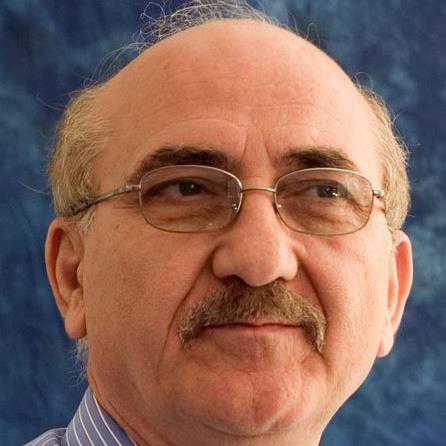 Mr. Sassounian!
Mr. Sassounian!
